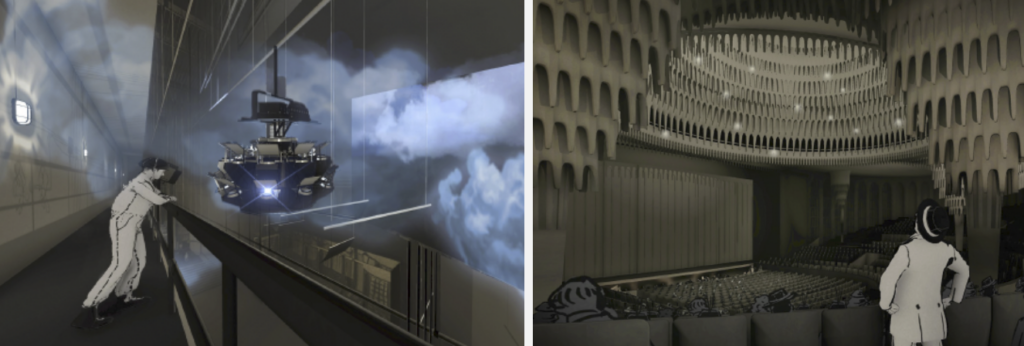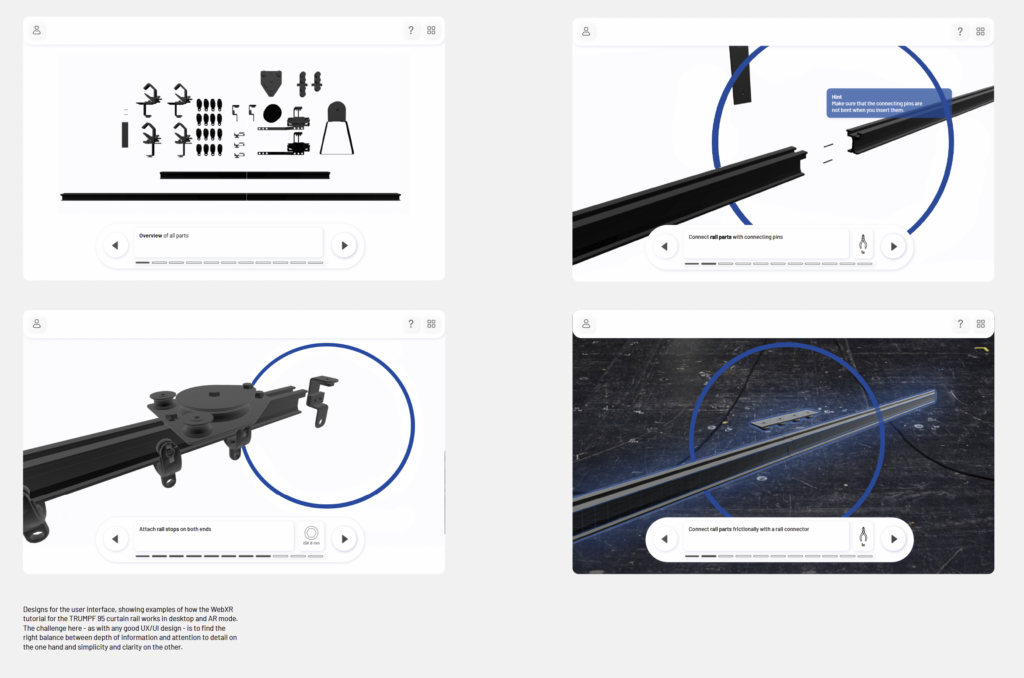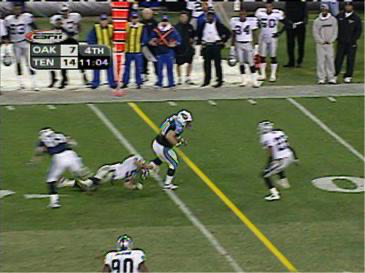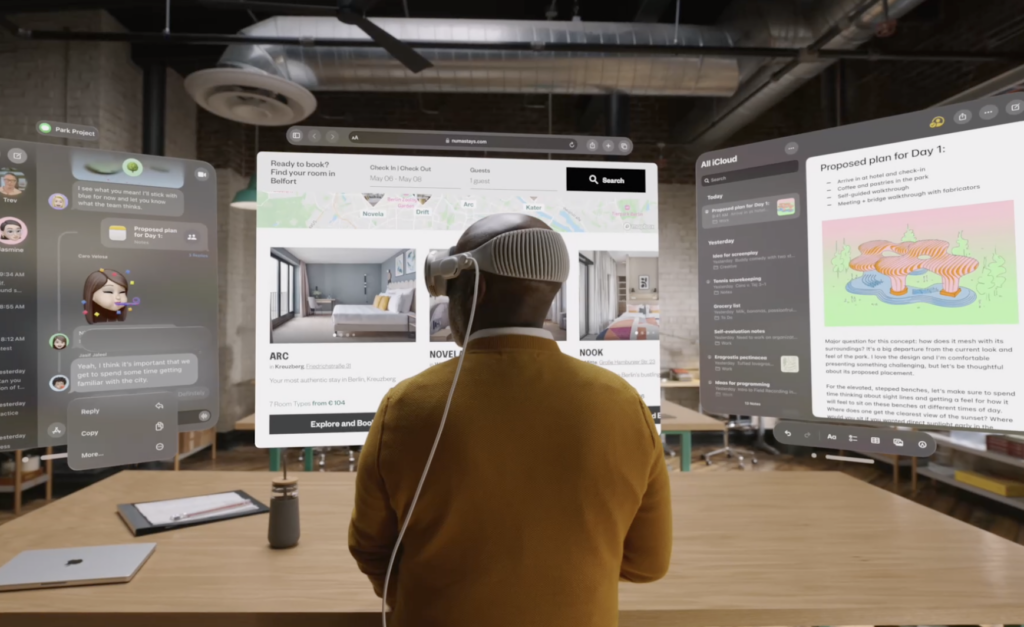In the fast-evolving landscape of 21st-century marketing, professionals are consistently exploring novel avenues to captivate audiences. Two technologies that have recently taken center stage are Augmented Reality (AR) and Virtual Reality (VR). As we delve into the exciting realm of AR marketing and question the necessity of AR and VR in marketing, we’ll explore how these technologies are reshaping the marketing landscape and whether they are a boon or a bust for businesses.
The Rise of AR Marketing
What Is Augmented Reality?
AR, a form of extended reality, seamlessly blends the digital and physical worlds, bringing the metaverse to users. Unlike its immersive cousin, Virtual Reality (VR), AR often operates subtly, with applications ranging from gaming, like Pokémon GO, to transforming how we shop.
Importance of AR in Marketing
AR marketing is a game-changer, turning passive experiences into active engagements. Mimicking the in-person shopping experience, AR enables users to try before they buy, enhancing conversion rates and customer satisfaction. The technology, still in its infancy, holds the promise of making shopping enjoyable and memorable, ultimately boosting brand awareness and loyalty.
AR Gear for Marketing
Unlike many metaverse-related technologies, AR marketing doesn’t demand specialized gear. Nearly everyone already possesses an AR-capable device – the smartphone. However, companies like Microsoft and Google are pushing the boundaries, introducing dedicated AR and mixed reality gear to provide more immersive experiences.
Strategies in AR Marketing
Several strategies are shaping the landscape of AR marketing:
Try Before You Buy: Emulating the offline shopping experience, AR allows users to virtually try out products, from clothing to furniture.
Raise Brand Reputation: The immersive nature of AR creates lasting positive emotions, turning satisfied customers into active brand advocates.
Tours & Assistance: Integrating digital assistance into physical locations, AR helps users make informed decisions, from exploring products to virtually experiencing distant places.
AR Marketing Materials: Utilizing AR in traditional marketing materials, such as brochures and business cards, enhances the user experience and blurs the line between analog and digital.
Success Stories in AR Marketing
Several companies are leveraging AR to create unique and engaging experiences:
Snap: The City Painter feature on Snapchat fosters real connections, allowing users to collaboratively create virtual murals in shared spaces.
Home Depot: Project Color enables users to visualize how different paint colors would look in their homes, considering lighting, furniture, and shadows.
Sephora: Utilizing Modiface technology, Sephora’s Virtual Artist App allows users to digitally try on makeup, overcoming the challenges of online cosmetic shopping.
Questioning the Need for AR and VR in Marketing
The Role of VR & AR in Marketing
While the first-hand experiences shared earlier highlight the merits of AR in marketing, it’s pertinent to question the necessity of AR and VR. Despite the novelty and excitement surrounding these technologies, marketers must ask themselves whether their innovation is yielding tangible results.
Why Marketers Embrace VR & AR
The appeal of VR and AR for marketers lies in their storytelling potential. These technologies offer new and unique ways to engage audiences, provided the campaigns make sense, resonate with the target audience, and align with the promoted brand.
Risks and Considerations
The flipside of innovation is risk. Developing VR/AR-based campaigns demands significant time and resources, and success is not guaranteed. Marketers must be cautious not to prioritize promoting the technology over promoting the client’s best interests. The story’s resonance with the audience is crucial, and missteps in context or tone can lead to failure.
The Philosophical Perspective
The article takes a philosophical turn, reminding marketers that creativity should never be an end in itself but a means to realize the communicational goals of the client. VR & AR, like any innovative technology, are tools for storytelling and experience-building, valuable only when integrated into a comprehensive digital marketing strategy aligned with the client’s business plan.
Striking a Balance
In conclusion, the dynamic duo of AR and VR holds enormous potential for reshaping the marketing landscape. Whether you’re ready to embark on the AR marketing journey or cautiously evaluating the role of VR and AR in your digital strategy, these technologies are undeniably changing the game. The future of marketing may well be written in the language of augmented and virtual realities, where engaging stories, resonant experiences, and client-centric innovation take center stage.
Links:










